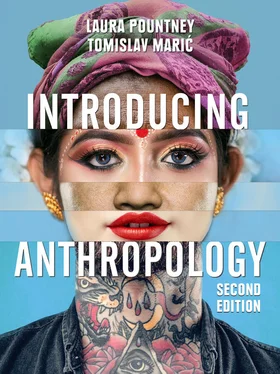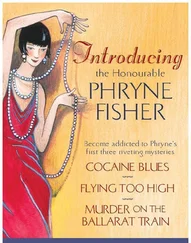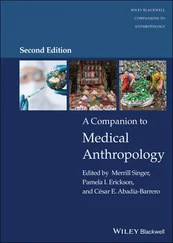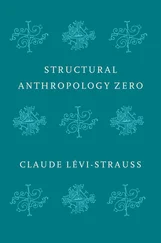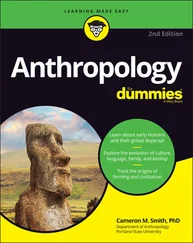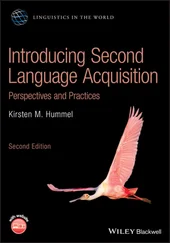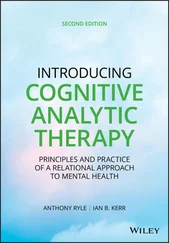Outline ways in which the human body both shapes and is shaped by sociocultural, historical and political processes.
How is the ‘body’ culturally constructed?
How are bodies experienced differently in different societies?
Identify and critically evaluate key questions and theoretical approaches used in the anthropological study of the body.
Should there be limits to the extent to which medical technologies transform the body?
What knowledge can be gained about a culture through an examination of body adornments?
How does society ‘create’ and assign value to the physical body, its gender, birth and death?
agencyThe capacity for human beings to make choices, create their own world, have their own ideas, etc.
body-brandingBranding involves burning the skin with hot or cold instruments to produce a permanent design. It is often used to express ownership of other humans
body modificationThe deliberate altering of the human anatomy
colourismPrejudice involving the preferential treatment of people with light skin within and between ethnic groups
embodimentA tangible or visible form of an idea, quality or feeling
habitusThe lifestyle, values, dispositions and expectations of particular social groups that are acquired through the activities and experiences of everyday life
handednessA preference for using one hand as opposed to the other
Social constructionThe view that the phenomena of the social and cultural world and their meanings are created in human social interaction
tabooA custom prohibiting or restricting a particular practice or forbidding association with a particular person, place or thing
tattooA permanent mark or design made on the skin by a process of pricking and ingraining an indelible pigment or by raising scars
Find and join a martial arts class – Judo, Karate, Kung Fu, Thai Chi, Taekwondo, etc. The following are issues to address in your research:
Social and cultural aspects of the body: Most martial arts originate from East Asia. Look into the historical background to your chosen martial art and explain how it offers an insight into how the cultures of China, Japan and Korea have developed the martial arts as a way of training and mastering the body.
Attitudes towards the body (what’s important in society – e.g., gender, size): The body is central to the martial arts. Martial artists develop their bodies to the extent that they can be used as a weapon. Strength and ability to do extraordinary tasks are respected by these cultures. However, the martial arts masters also emphasize that mental attitude is vital. There is an important relationship between the mind and body in becoming a martial arts expert.
The body as a symbol: expression of identity (individual or part of a group) and communication: The martial arts body is an important source of identity for those who practise martial arts. By performing and showing what they have been able to do with their bodies, they manage to achieve a certain status. The martial arts body can communicate strength and ability to defend itself against those who threaten it.
Controlling the body: self-control, discipline: Through years of hard work, the individual can do what may be considered almost ‘superhuman’ feats with the body. This is exemplified by Shaolin monks, who perform extraordinary body feats. Their bodies are able to endure pain through constant exposure to it – e.g., putting their hands in hot sand or banging them against hard surfaces. The work to become a martial artist requires incredible self-discipline. It shows how human beings are able to overcome many biological disadvantages through what are essentially cultural practices. There is no practical reason today to develop the body’s ability to such an extent. The motivation is more to do with self-esteem and self-satisfaction and social status. It may also relate to economic motives – martial artists can earn money through their performances. The control of the body therefore comes from the individual and their own motivation, as well as cultural pressures.
Society’s control of the body: The martial arts appear to be mainly about the individual’s own identity. Martial arts training is not forced on anyone. However, aside from martial arts, many men and women may feel the pressure of society to gain respect by developing the body. This can be seen especially in concern over the shape of the muscular body.
Suggested further sources
Books and articles
Bowie, F. (2006) The Anthropology of Religion: An Introduction . 2nd edn, Blackwell.
Csordas, T. J. (1994) Embodiment and Experience: The Existential Ground of Culture and Self . Cambridge University Press.
Csordas, T. J. (1999) ‘The body’s career in anthropology’, in H. L. Moore (ed.), Anthropological Theory Today . Polity.
DeMello, M. (2000) Bodies of Inscription: A Cultural History of the Modern Tattoo Community . Duke University Press.
Edmonds, A. (2010) Pretty Modern: Beauty, Sex, and Plastic Surgery in Brazil . Duke University Press.
Foucault, M. (1994[1963]) The Birth of the Clinic: An Archaeology of Medical Perception . Vintage.
Hickman, J. (2007) ‘“Is it the spirit or the body?”: Syncretism of health beliefs among Hmong immigrants to Alaska’, Napa Bulletin 27: 176–195.
Hodžić, S. (2016) The Twilight of Cutting: African Activism and Life after NGOs . University of California Press.
Kuwahara, M. (2005) Tattoo: An Anthropology . Berg.
Lasco, G. and A. Hardon (2019) ‘Keeping up with the times: Skin-lightening practices among young men in the Philippines’, Culture, Health & Sexuality 22(7): 838–853.
Lock, M., and J. Farquhar (2007) Beyond the Body Proper: Reading the Anthropology of Material Life . Duke University Press.
Murphy, R. (2001) The Body Silent: The Different World of the Disabled . Norton.
Parry, B., B. Greenhough, T. Brown and I. Dyck (2016) Bodies Across Borders: The Global Circulation of Body Parts, Medical Tourists and Professionals . Routledge.
Pierre, J. (2012) The Predicament of Blackness: Postcolonial Ghana and the Politics of Race . University of Chicago Press.
Rubin, A. (1988) Marks of Civilization . Los Angeles Museum of Cultural History.
Sharp, L. (2006) Strange Harvest: Organ Transplants, Denatured Bodies, and the Transformed Self . University of California Press.
Skinner, J. (2010) ‘Leading questions and body memories: A case of phenomenology and physical ethnography in the dance interview’, in A. Gallinat and P. Collins (eds), The Ethnographic Self as Resource: Writing Memory and Experience into Ethnography . Berghahn Books, pp. 111–128.
Skinner, J. (2015) ‘Tango heart and soul: Solace, suspension, and the imagination in the dance tourist’, in M. Harris and N. Rapport (eds), The Imagination: A Universal Process of Knowledge . Berghahn Books, pp. 61–76.
Staples, J. (2010) ‘Body’, in A. Barnard and J. Spencer (eds), Encyclopaedia of Social and Cultural Anthropology , 2nd edn. Routledge.
Taussig, M. (2012) Beauty and the Beast . University of Chicago Press.
Teman, E. (2010) Birthing a Mother: The Surrogate Body and the Pregnant Self . University of California Press.
Turner, T. (1995) ‘Social body and embodied subject: Bodiliness, subjectivity, and sociality among the Kayapo’, Cultural Anthropology 10(2): 143–170.
Читать дальше
